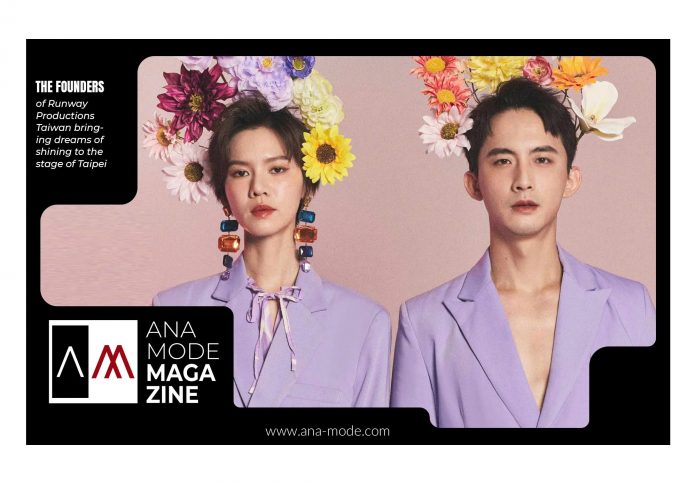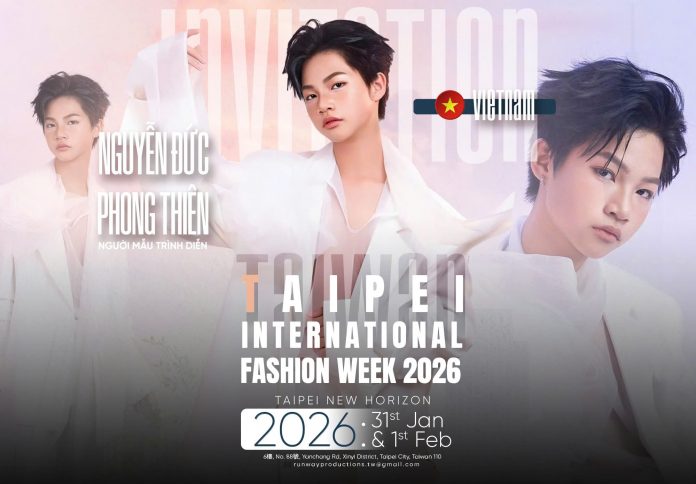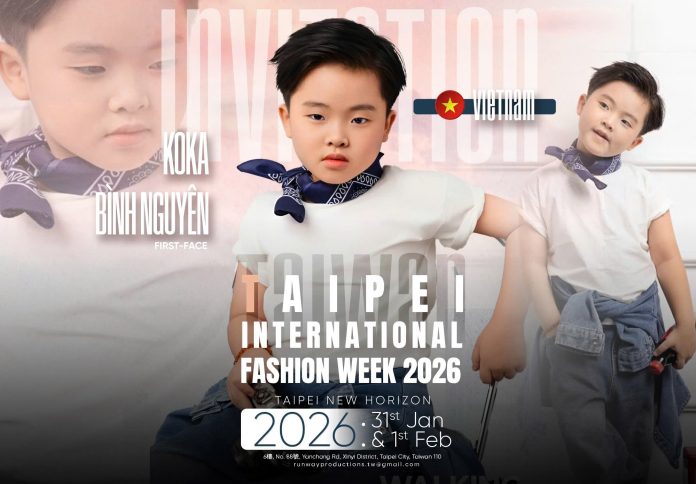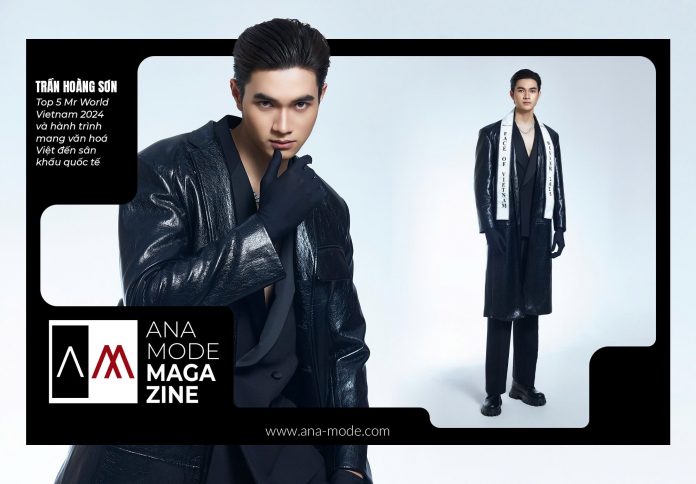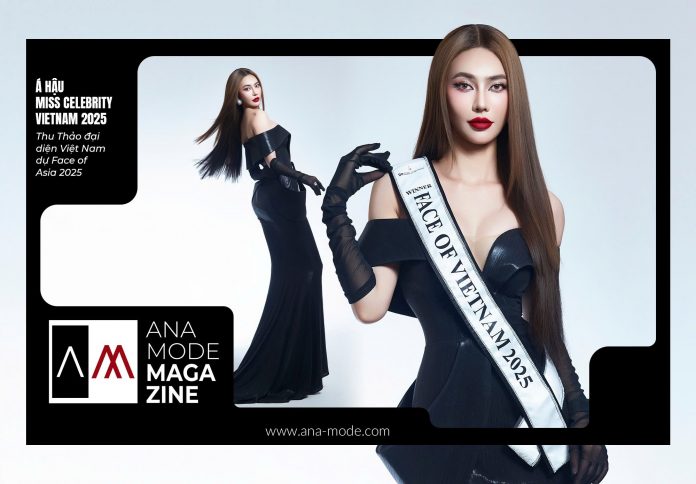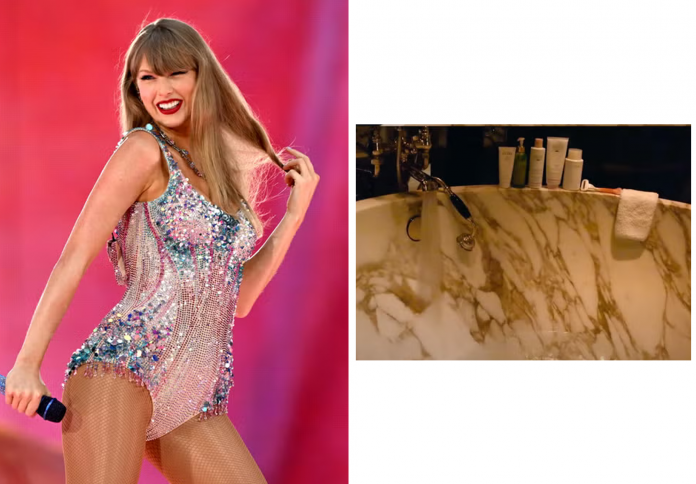The curtains have closed on a fashion season that will be dissected, discussed, and delighted over for months to come. Marked by a record number of designer debuts and radical ideological shifts, this season truly felt like a great reset for the global industry. We witnessed established houses being fundamentally reborn and a renewed hunger among designers to delve deep into the archives, telling old stories through entirely new lenses. From the conceptual commentary at the avant-garde houses to the unexpected casting that redefined celebrity, the focus was firmly on ideas—not just clothes. This season delivered a wealth of unforgettable moments that ranged from poignant tributes and daring sartorial resurrections to the unexpected rise of a simple hairstyle, guaranteeing their place in our collective fashion consciousness.
The New Fashion Philosophy: Beautiful Imperfection
This season’s most resonant moments were delivered by designers who chose to challenge the very nature of beauty, control, and perfection within the industry. By introducing elements of risk and damage, they sought to unearth a deeper, more alluring form of value that exists beyond pristine presentation. This philosophical approach proved that the most powerful shows are often those that make the audience question their own assumptions.

The most provocative message came from Rei Kawakubo at Comme des Garçons. Ever the boundary-pusher, Kawakubo’s latest collection explored the idea of beauty pushed to extremes. Days before the show, she intentionally placed her meticulously finished garments into an industrial laundry machine. This damaging process was not an accident but a deliberate act designed to prove a point. She explained, “I believe in the positiveness and the value that can be born from the damaging of perfect things.” This statement serves as a powerful metaphor for the collection itself: a radical endorsement of fragility, imperfection, and the raw allure that emerges when carefully controlled aesthetics are surrendered to chance and wear.
A different, yet equally conceptual commentary was delivered through the environment at Alaïa. For his Spring/Summer ‘26 show, creative director Pieter Mulier captured the current societal obsession with watching and being watched. He achieved one of the season’s most memorable show spaces by transforming the austere interior into a cocoon covered entirely in mirrors. This forced every guest to confront their own reflection throughout the presentation, making them an inseparable part of the spectacle. Mulier explained that he simply wanted the audience to “feel you were in a cocoon for 10 minutes.” The set transcended simple backdrop status; it became a meditative, even slightly unsettling, commentary on ego, performance, and the self-contained world of luxury fashion.
Revisiting Icons: Archival Statements For A New Era
Many of the season’s most-discussed moments centered on designers daring to retrieve and redefine iconic silhouettes from their house’s history. These archival dives were not mere reissues; they were powerful statements that linked the brand’s past rebellion to its present vision, proving that the deepest well of inspiration remains one’s own legacy.

The most audacious resurrection was the return of the bumster pant at Alexander McQueen. First premiering in 1993 under Lee Alexander McQueen, the bumster was infamous for its dramatically dropped waistline that controversially exposed the lower curve of the buttock. Thirty years later, creative director Sean McGirr brought this iconic, confrontational piece back to the runway. Seeing a model saunter down the catwalk in a red, lacy pair confirmed that the pant’s relevancy and raw allure have not diminished. McGirr used the bumster to immediately stake his claim on the house’s legacy of rebellion and high-octane provocation, signaling a return to the brand’s more aggressive, sexually charged roots.
In a move focused more on stylistic eras than a single garment, Chemena Kamali threw a curveball at Chloé. Just when the industry had pegged the brand as being solely about boho chic and prairie dresses, Kamali mined a diverse chronological archive, drawing from ’50s swimwear, ’60s Hawaiian prints, and even the often-maligned ’80s styling. The resulting collection featured floral mini dresses that hugged the body with a new sense of polish, completed by slicked-back hair and frosted pink lipstick. This move wasn’t a rejection of the Chloé woman, but an expansion—a sophisticated argument that the brand’s free-spirited nature can exist across multiple decades and silhouettes, offering a welcome shot of polished nostalgia.
The Human Element: Unexpected Faces And Poignant Tributes
Beyond the clothing itself, the emotional and human connections forged on and around the runways provided some of the season’s most affecting and culturally resonant memories. From deeply personal tributes to unexpected casting choices, the focus shifted to the people who give fashion its meaning.

In one of the most poignant moments of the Paris season, Yohji Yamamoto paid heartfelt tribute to the late Giorgio Armani. Armani had passed away at the age of 91 just weeks before the show, having been one of Yamamoto’s most revered contemporaries. In a deeply moving gesture, a model walked the runway carrying a letter that Mr. Armani had sent to Yamamoto shortly before his death. The letter contained a personal invitation to the Italian brand’s 50th-anniversary show in Milan. This public, solemn acknowledgment of a friendship and a rivalry between two global giants of design added a profound layer of respect and sadness to the usually frenetic fashion schedule, highlighting the personal connections that underpin the industry.

Meanwhile, at Miu Miu, the spectacle was provided by a wildly diverse and unexpected cast. Mrs. Prada and her longtime stylist Lotta Volkova continued their tradition of non-traditional casting, telling the story of the Miu Miu universe through a fascinating array of protagonists. The lineup included Hollywood “It” girls, VIP-customer-cum-models, and cutting-edge musicians, but the true brilliance lay in the inclusion of veteran actor Richard E. Grant, actress Milla Jovovich, and musician Cortisa Star. Watching this eclectic group walk the runway in signature Miu Miu pieces—frilly aprons and reimagined cargo jackets—was a masterclass in cultural alchemy, proving that the brand’s protagonist is less about age or profession and more about a certain kind of eccentric, magnetic energy.
The Power Of Detail And Consistent Vision
Sometimes, the most enduring memories of a season are found not in radical reinvention but in the perfection of a single detail, or the quiet, unwavering consistency of a brand’s aesthetic code. These moments showcased the importance of signature vision in a world of fleeting trends.

The simplest, yet most copied, styling moment of the entire season was the hair at The Row. Fashion veteran Guido Palau blew minds with his take on a signature up-do, transforming a minimalist style by subtly interspersing stylish hair combs throughout the sleek look. The effect was immediate: an elevated, highly accessible form of quiet luxury that immediately sparked prediction for red carpet appearances and countless at-home tutorials. This micro-trend proved that in an era of maximalist excess, sometimes the most influential statement is the one achieved through restraint, precision, and a focus on an impeccable detail.

Furthermore, Chitose Abe at Sacai delivered a powerful message through her unwavering consistency. Over her 26-year tenure, Abe has eschewed chasing fleeting trends, instead building a loyal following based on her unique aesthetic of hybridity and off-kilter design. For Spring/Summer ‘26, she continued to evolve her distinct signature, presenting patchworked leather jackets and t-shirt denim mini combos. The collection felt definitively “her” without feeling staid, showcasing the long-term value of maintaining an original, recognizable brand code against the backdrop of industry flux. This commitment to an idiosyncratic vision stands as a testament to the power of artistic consistency.


